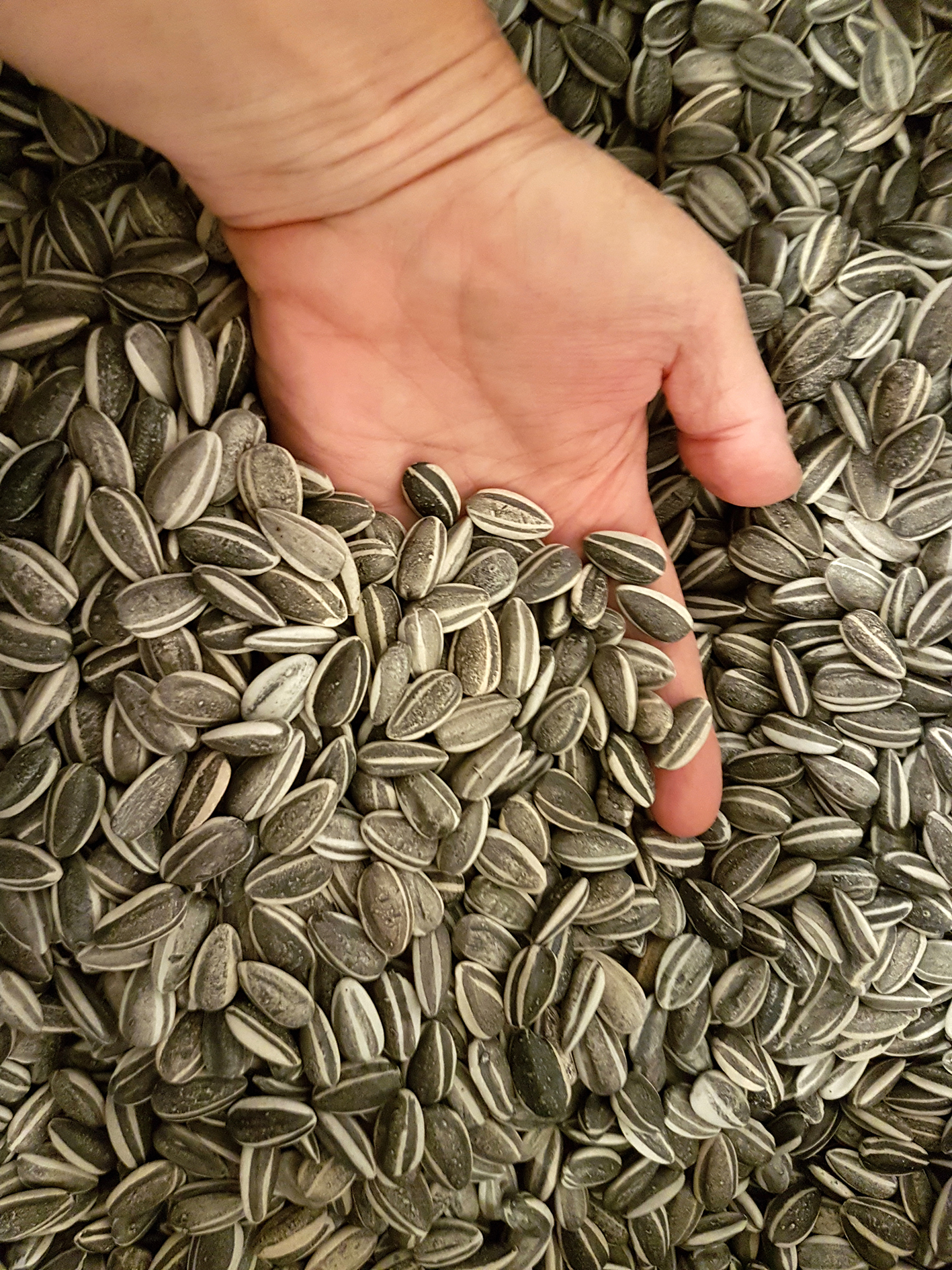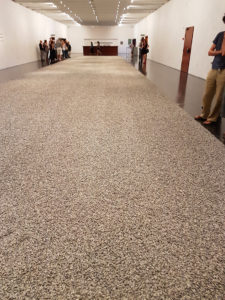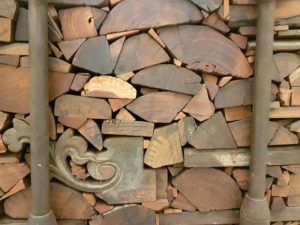A comment on Ai Weiwei’s spiritual blueprint

The term ’blueprint’ embraces the essence of any creator’s actions, visualizations, thoughts and feelings conveyed physically in the making of art. My observation is that every human being holds within them a combined heritage of characteristics, likes and dislikes, that make them who they are. Actions imprinted upon matter may represent this richness. All of these qualities, when assembled and marked down on paper, clay, etc., leave visual signs that create a unique fingerprint. This essential imprint will develop and become enriched throughout our life, if given the chance.
I call this phenomenon of a creator’s unique fingerprint the Spiritual Blueprint.
The citation is from my book The Good Enought Studio, published 2020. Chapter 2 deals with this idea in deapth.
I use this powerful tool as an educator and art therapist to understand the inner core of the people I assist in education and therapy. I would also like to demonstrate how this phenomenon appears in an artist’s artwork.

Visiting Aii Waywya’s exhibition in the Israel Museum in Jerusalem in September 2017 went beyond the intense artistic impact that was thought-provoking, as I could sense his personal and cultural memories and how they are naturally a part of his art.
Perhaps we can recognize a few of his specific qualities, which I believe are part of his blueprint.
- The deepest point probably derives from his family’s history as, “His father, Ai Qing, a poet and prominent intellectual, was proclaimed an enemy of the people under Maui Zedong’s regime the family was exiled to a labor camp when he was one year old. Only in 1976, they were allowed back to Beijing.” [Museum’s text in the exhibition]
- In a way, he carries on his father’s dialog with the regime by being an activist, confronting it by blogging, his huge social networking tools, and his artwork.
- Most of his works are typically massive in scale, created from fragments that accumulate to a whole: each of the sunflowers seeds was handmade separately by a massive number of people, as a community work. We can say that this is the Chinese approach of creating huge scale art from tiny fragments, at the Chinese wall or the terracotta soldiers, for example.
- He was cited saying that the sunflower seeds are his metaphor for having a pocket full of them as a child, which meant he was less hungry. This work is a memory of hunger in childhood transformed into tiny china artifacts made individually by artists paid for their contribution.
I believe his work requires the authorities’ conflicting encounters as an organic catalyzing medium motivating him to find more ways to express his history and many others’.

The Good Enough Studio; Art Therapy Through the Prism of Space, Matter, and Action